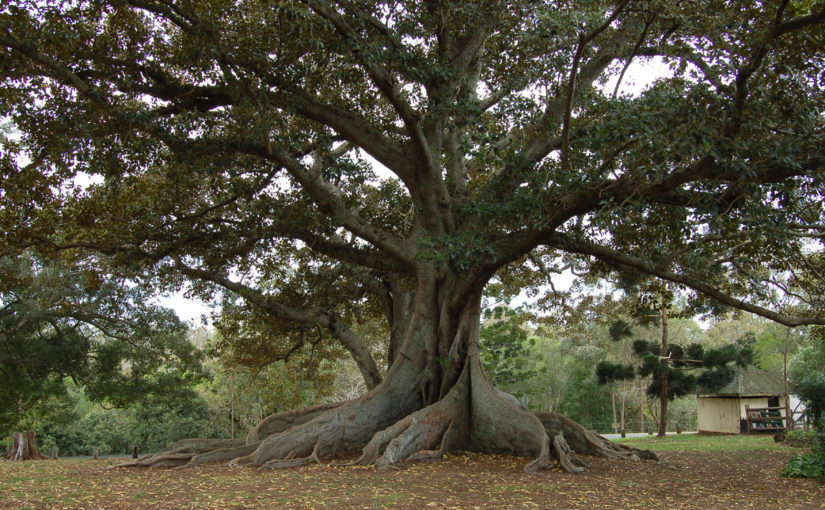For those of you who know me, you know I am a creature of habit. I like my daily routines. On Sundays, I take a break from exercise and work, however, I still have my daily routine. Coffee and the paper with the Today Show at 7am. Church at 8:30. Grocery store. Home to read ahead on our Bible Journal. Then, it depends, but I try to relax and unwind. Last Sunday, at the grocery store, we were looking for some different food to change it up and add some new healthy treats. I went for some mangos and also grabbed a few figs. Little did I know when I started in on the Bible Journal and read ahead to my chapter in Mark that there would be the story of the Fig Tree. After I wrote my last post, I had already decided not to try to boil the ocean and cover every single topic in the chapter, but would choose one topic and right just on that portion. Thus, my story about Figs!
Did you know?:
- Fig fruit is one of the popular fruits enjoyed since ancient times.
- The fig tree is native to temperate regions of Asia Minor or Turkey, and today, grown as an important fruit of commerce in the eastern Mediterranean climates, USA, and Spain
- Fig fruit is low in calories. 100 g fresh fruits carry only 74 calories. However, they contain health benefiting soluble dietary fiber, minerals, vitamins, and pigment antioxidants that contribute immensely towards optimum health and wellness.
- Dried figs are an excellent source of minerals, vitamins and antioxidants. In fact, dried figs possess higher concentrations of energy, minerals, and vitamins. 100 g dried figs provide 249 calories.
- Furthermore, research studies suggest that chlorogenic acid in the figs help lower blood sugar levels and control blood glucose levels in type-II diabetes mellitus (adult-onset) condition.
http://www.nutrition-and-you.com/fig-fruit.html if you want to learn more.
In Mark 11: 12-14, and also in Matthew 21: 18-22 Jesus sees the fig tree up ahead and was looking forward to tasting that sweet treat. He saw the leaves and assumes it will be bearing fruit, but once he arrived, he is disappointed. The tree was barren. Even though it was out of season, he was mad. He cursed the tree, which could be viewed by some as a show of his power. Typically he used his power to perform miracles, but this time, his power has the opposite result of harming a living thing. It was the only time he cursed something and it withered immediately.
We see Jesus use parables, miracles and teachings to make his disciples and followers think. We have to unpack his messages as they often have double meanings or can be interpreted differently. In this story, the fig tree has leaves, which outwardly shows growth, hopefully signifying fruit. We can liken this vision to people. People in Jesus’s time and also today, outwardly appearing to follow God, saying the right thing, going to church, but inside, the opposite is happening. They do not believe. Hypocrites. They may say they are Christians but deep down don’t live up to God’s word. Or what about the opposite; they have faith but don’t follow through. We have all heard the statement “Faith without good works is dead”.
Going back to the story of the Fig Tree, if I had been following Jesus and saw the Fig Tree wither, I would have shook with fear. Would Jesus now start performing this type of act or even take this type of approach with non-believers? What does he mean by this act?
So what do we take away from this story? What would he want us to do? Believe, have faith, follow, perform good works, follow the commandments. To me, it is about being a Christian through and through. Not faking it for appearance sake, but living the life day in and day out as a follower of Christ. As we continue to read through our daily posts, we all know it is not easy, but we have to keep trying. God does not want us to fake it and he also does not want us to wither away.
What will you think about the next time you taste a fig?
